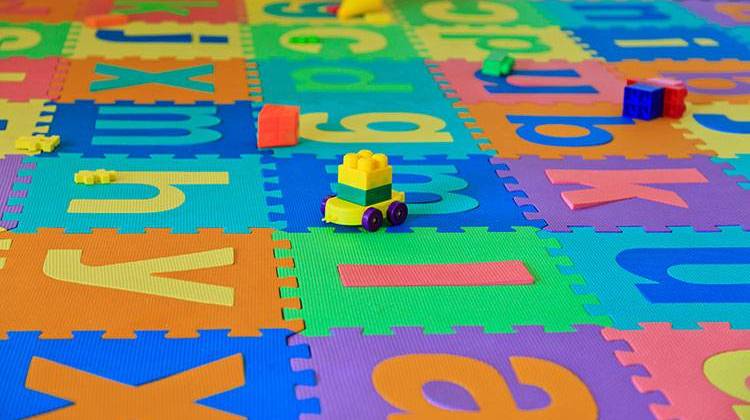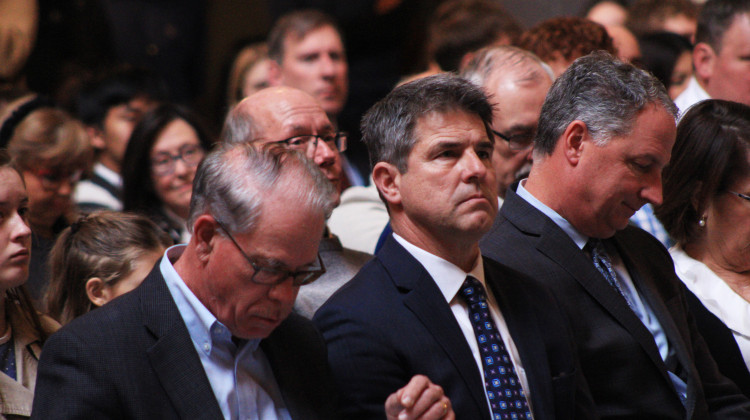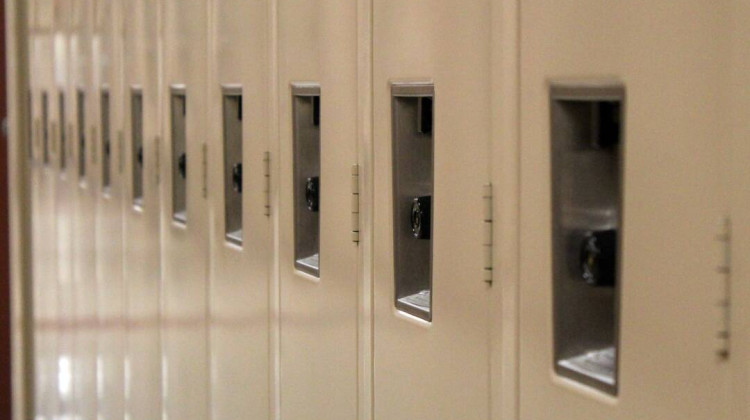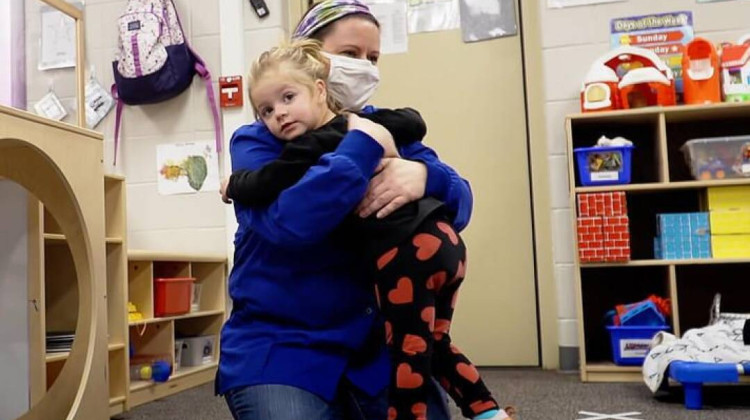INDIANAPOLIS – Lower income Hoosiers could keep their child care aid even as their incomes increased modestly under legislation a Senate committee considered Monday.
Senate Bill 129 would eliminate a benefits cliff that supporters say leads some parents to turn down promotions or better jobs to avoid losing up to $8,000 in help with child care. Derek Thomas, senior policy analyst at the Indiana Institute for Working Families, calls the cliff a “disincentive for economic mobility.”
But the bill doesn’t appear to be going anywhere. Family and Children’s Services Chairman Ron Grooms, R-Jeffersonville, said “it’s very unlikely” he’ll allow a vote on the legislation before a deadline for action next week.
And even if he did, the bill would still need to be heard by the Senate Appropriations Committee to consider its $10 million price tag – and pass before the deadline.
Inaction will kill the bill, although it’s author – Sen. John Broden, D-South Bend – said he hopes the discussion could still lead to changes in the state budget or consideration in future years.
“I can’t think of anything more bipartisan than empowering and rewarding parents for working and for being successful in the workplace,” Broden told his colleagues Monday. “Unfortunately, this is only going to be a growing problem and one I think we need to address.”
Currently, families with incomes up to 170 percent of the federal poverty level – roughly $34,150 for a family of three – qualify for a childcare voucher.
The program works on a sliding scale, so that as household incomes increase, the families pay a larger share of the childcare costs. At the top level of 170 percent, the family pays as much as 13 percent.
SB 129 would increase the income limit for application to 200 percent of the poverty level, which is $40,180 per year for the same family of three. And then – once qualified – a family could remain on the program until its income topped 250 percent or about $50,225 per year.
Cathy Williams, who advocates for a number of groups supporting the poor, said the change would allow for a more gradual shift of costs for families whose incomes are increasing, which will help them transition off assistance. “It’s a goal we all share that families (need) to be self sufficient,” Williams said.
Already, federal law will require some changes in the state’s childcare program. Melanie Brizzi, who oversees the program at the Family and Social Services Administration, said the state will begin phasing families off the program more gradually in October. The federal rules change means that no one can be cut off until their income has reached 85 percent of the state’s median income.
But Williams argued the proposed change in state law is still needed because the 250 percent of federal poverty guideline can actually be higher than the new federal standard. Lower-income Hoosiers need to be able to continue receiving help until the higher of the two standards is reached, she said.
Lesley Weidenbener is executive editor of TheStatehouseFile.com, a news website powered by Franklin College journalism students.
 DONATE
DONATE







 Support WFYI. We can't do it without you.
Support WFYI. We can't do it without you.